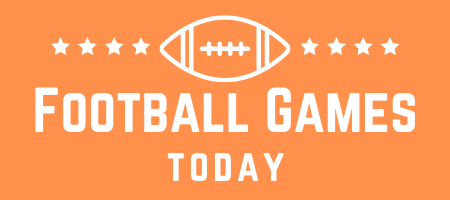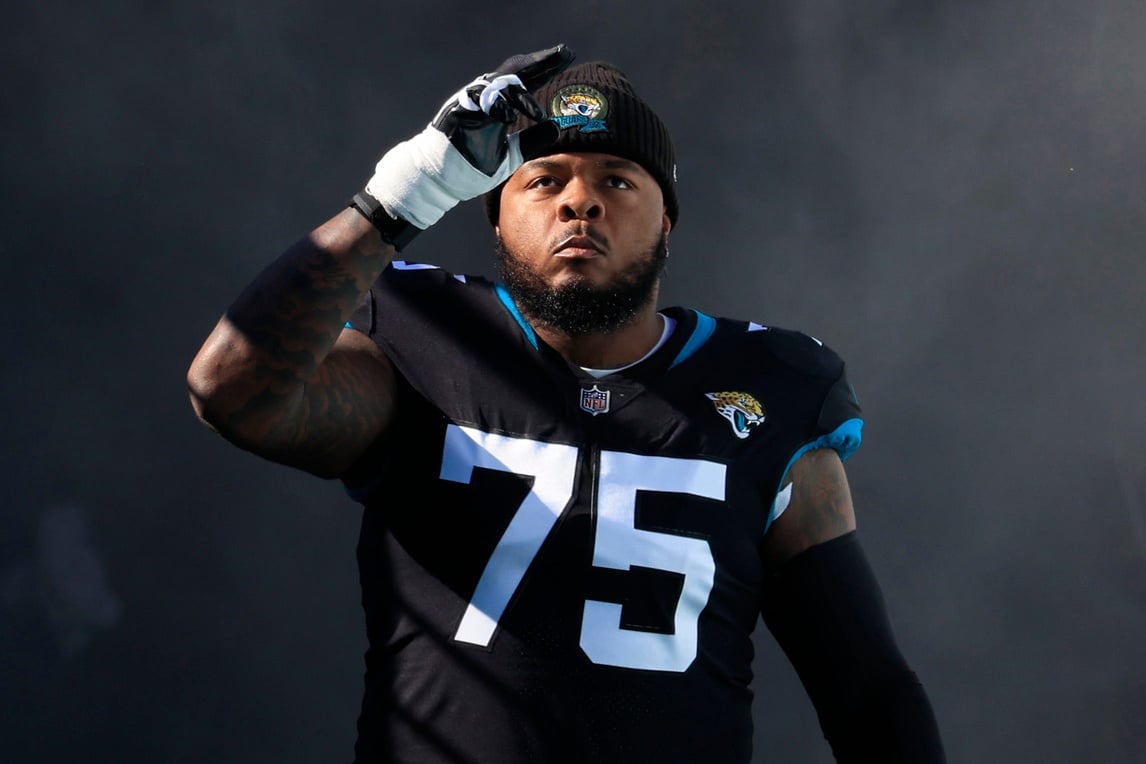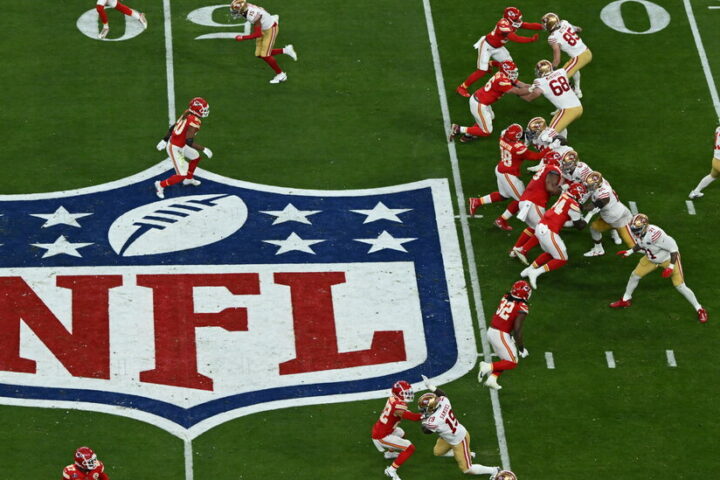Every year in NFL free agency, there are teams willing to hand out giant deals for slight upgrades in a desperate attempt to stave off losses. Some of the biggest deals come from teams flush with cash, in part because they don’t have many players worth re-signing. Inevitably, this means some teams will end up with some of the NFL free agency’s worst contracts.
That said, “worst contracts” is a matter of perspective. From the point of view of a player or an agent, some of the worst contracts in the NFL are really just the most secure and highest-paying jobs that one could muster, taking advantage of a particular market to maximize value.
Today, we’ll look at it from the perspective of teams — which NFL franchises overpaid or overcommitted to players that haven’t demonstrated the level of production commensurate with big-money deals.
NFL Free Agency Worst Contracts
When evaluating contracts, we’ll look at the structure, not just the totals. As an example, the Minnesota Vikings’ signing of Josh Oliver at tight end looks pretty ugly when broken down by average salary per year at $21 million over three years for an average of $7 million.
But the first-year cap hit is $3.5 million, and the second year is $7 million with an out to save $2 million against the cap if they decide the deal doesn’t work out. His 2025 number of $10 million will almost certainly not play out and is unguaranteed.
Generally speaking, there haven’t been too many bad contracts. The contracts with bigger-than-expected numbers tend to have friendly structures, and more teams seemingly have made bargains than overpaid. Nevertheless, some teams made some mistakes.
Jawaan Taylor, OT, Kansas City Chiefs
Compared to the $16 million a year Orlando Brown is making, the $11.5 million a year that Kaleb McGary signed for, or previous contracts like Ronnie Stanley ($19.8 million), Kolton Miller ($18 million), and Jake Matthews ($18.5 million), the $20 million yearly offered to Jawaan Taylor is shocking — even after accounting for the expanding cap.
The Chiefs are making two gambles with Taylor. The first is that he can switch back to the left tackle position he played in college from right tackle, and the second is that his lone year of success at the position will translate for the next few years.
MORE: 2023 NFL Free Agency Losers
Making matters a bit more concerning, that lone year of success was solely as a pass protector, and he’s remained a liability as a run blocker. Given Lawrence’s very fast time to throw compared to Mahomes’ relatively lackadaisical time-in-pocket, it might be difficult to translate.
Like many big-money deals, there isn’t much of a cap hit in the first year – just $5.8 million. The concern is that all subsequent years carry $24.7 million cap hits, and he’s uncuttable in the second year. After that, the contract isn’t too much of a liability, but it still carries a potential cap charge of $9.5 million in 2025 if cut. It’s not an “easy” out.
Zach Allen, EDGE, Arizona Cardinals
Zach Allen’s new contract with the Cardinals consumes about 6.8% of this year’s cap on average at $15.3 million per year. Historically, that compares with the contracts signed by Javon Hargrave in 2020, Fletcher Cox last year, D.J. Reader in 2020, Darnell Docket in 2010, Henry Melton in 2013, and Kyle Williams in 2015.
Those are lofty comparisons, and Allen — who broke out last year — hasn’t demonstrated that level of play. He’s only had one good year, where he logged 35 pressures and 21 tackles. He’s more of a pass rusher than a run stuffer, so the 35 pressures — at a pressure rate of 8.2 percent — is worrisome. It ranked 36th of 88 defensive tackles. Not bad, but not amazing.
The contract hits hard immediately, with a $7.3 million cap hit in 2023 — closer to what his average per year should likely be instead of the first-year benefit we tend to see with contracts. But the real issue is the uncuttable 2024 season, where Allen takes up over $20 million in cap space.
Connor McGovern, G, Buffalo Bills
Had the Bills signed the other Connor McGovern interior offensive lineman, the one they saw twice a year for three years, the $7.5 million average annual value would make sense. He’s played at that level for a number of years now and still has some great football ahead of him.
But the Connor McGovern that played for the Cowboys has not been quite as successful. McGovern was a capable pass blocker last year and played that role at an above-replacement level, but he has always been an enormous liability as a run blocker. Not only that, his success as a pass protector was largely limited to one season, allowing defenders to quickly win off the snap and forcing the quarterback to scramble or get rid of the ball quickly.
McGovern has only had one season as a full-time starter, playing as an injury replacement in other years. In that role, he’s spectacular, and teams could do a lot worse than having him as a depth player along the interior. But as a starter making starting money, it’s a big issue — especially for a team that wants to improve its running game.
McGovern’s contract incurs a $3.6 million cap hit in Year 1, which is in line with his value. But after that, it explodes to a functionally guaranteed second-year cap hit of $7.5 million and hits $8 million in Year 3 — an unguaranteed year but a difficult one to cut because he would incur $4 million in dead cap space.
Daniel Jones, QB, New York Giants
It’s unsurprising that the New York Giants, after declining Daniel Jones’ fifth-year option, scrambled to secure him to a deal after the uptick in his level of play. With poor pass protection and an extremely limited receiving corps, he was able to put together some impressive performances and led the team to a playoff win.
But there’s a gap between that and a $40 million quarterback. Jones has improved, but there’s more potential than proof in this contract. By the end of the season, he had moved up the quarterback rankings to be a little bit above average, which is great growth to see. He might be able to do more with an even better cast.
MORE: Remaining 2023 NFL Free Agents by Position
But a cap liability like his is going to make roster construction difficult. It quickly accelerates from $21 million in 2023 to $45 million in 2024, and he’s a difficult contract to shed in 2025, too, where his cap hit is $39.5 million.
This commitment to a quarterback who has only had one good year could be dangerous and puts the Giants in the Andy Dalton zone that the Bengals found themselves in — too good to move on from but too limited to consistently win with.
Jones has made strides, but the Giants’ contract rewards him for something he hasn’t done yet.
Quincy Williams, LB, New York Jets
Brother of Jets star Quinnen Williams, Quincy might be benefiting from potential recruitment efforts down the road to keep his brother on the team. In that case, the contract doesn’t look too bad. But on its own, his contract averages about double what one would expect from his level of production.
Williams revived his career after leaving Jacksonville for New York and has played much better, but he’s still closer to a replacement-level player than a true starter. There are good moments, but he’s largely been inconsistent, missing his assignments in both coverage and in the run game.
His first-year cap hit of $2.4 million is about what his average contract should be, but he’s functionally guaranteed the next year as well, with a cap liability of $6.9 million — far above the value he’s demonstrated so far. The Jets are out of it after the third year, but the first two years are pretty rough.
Shy Tuttle, DL, Carolina Panthers
Shy Tuttle signed a three-year contract that’s functionally two years, so it seems like a pretty low-risk signing. But the promise offered by Tuttle is pretty low, and it’s unlikely he’ll be able to fulfill value in either of the two years indicated on the deal.
The average $6.5 million salary number looks bad enough when evaluating a player who has not had more than 10 pressures in any of his last three seasons, but it gets worse when looking at his 2024 cap hit that the Panthers will functionally guarantee him.
MORE: Are the Carolina Panthers Set on Anthony Richardson or C.J. Stroud?
In 2023, his cap hit and the value he offers are roughly in line — a $2.9 million liability for a functional but not spectacular run defender that doesn’t have pass-rush upside. But in 2024, that balloons to $8.3 million, a number that increases to $10.1 million if they cut him.
There are nose tackles worth that much, but they are spectacular against the run and functional against the pass. Tuttle is a decent run defender who is nonexistent against the pass. It is perhaps telling that the highest-graded game of his career, according to Pro Football Focus, was against the Panthers in Week 18. His second-highest graded game was against Carolina in 2021.
DeMarcus Walker, DL, Chicago Bears
The Bears aren’t overly committed to DeMarcus Walker and can get out from under the contract with some minimal pain in 2024, saving $4 million against the cap if the deal doesn’t work out. But they didn’t do much to save cap space in Year 1 of the deal, meaning they have one of the few contracts where the large APY actually matches the cap hit in the first year.
While the Bears can absorb this pretty easily, and they made a number of better moves, the individual contract stands out. Walker was a second-round pick for the Denver Broncos and has struggled to find starts, filling in as a rotational player throughout his career.
Having never played more than 500 snaps in his career, the hope that Walker can turn into a player worthy of a $7 million contract is a bit much. His pressure rate as a defensive tackle is good but came in a rotational role — which means he’s been put in more advantageous situations, like third down, that inflate the total.
There are times when this has worked out, and Walker compares favorably to other rotational rushers, but it’s a big risk for a player that was unlikely to command that kind of market.



